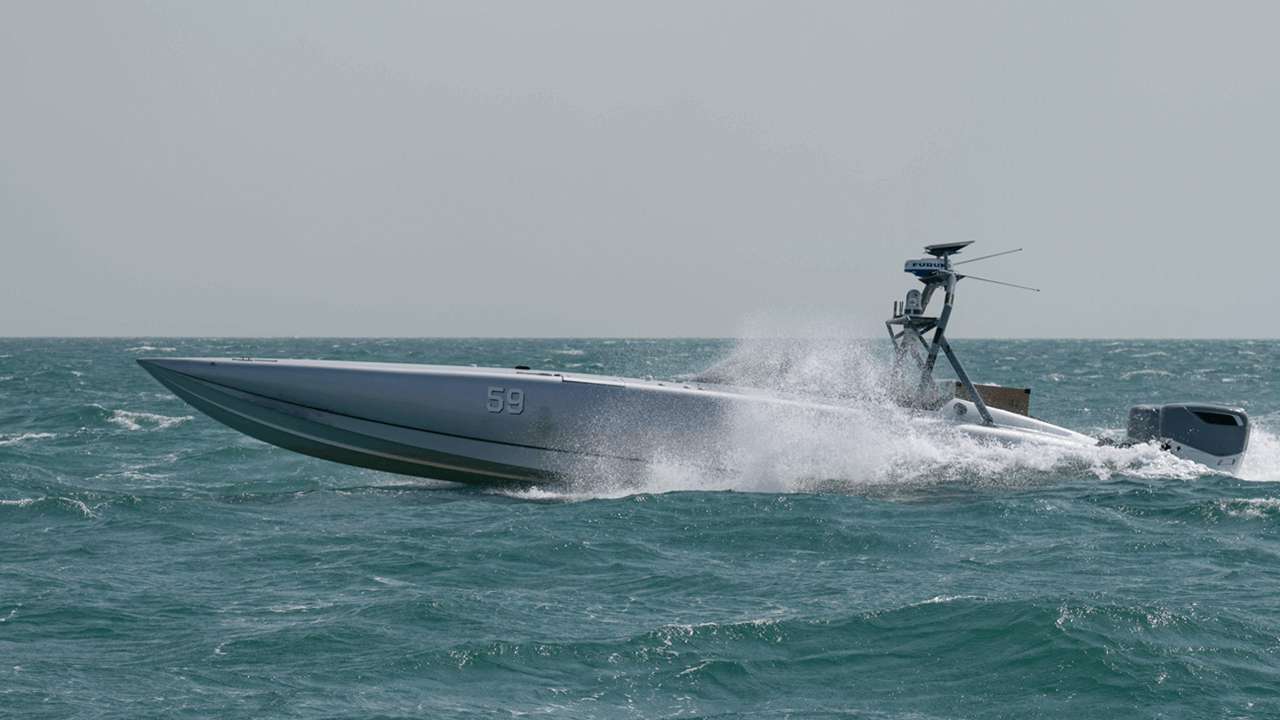
During the past five years we’ve seen the U.S. and European militaries work hard to understand AI, plan for AI and invest in being ‘AI ready’.
This has included a lot of hiring of new skills, capacity building, investment in technology and data infrastructure, plus partnerships with the technology sector. However, over the past year or two, we’ve seen focus shift more squarely onto harnessing AI for strategic and tactical advantage in military operations across all domains.
The U.S. Department of Defense’s AI strategy announced last month, sets out to harness AI to achieve the following outcomes: battlespace awareness and understanding; adaptive force planning and application; fast, precise, and resilient kill chains; resilient sustainment support; and efficient enterprise business operations. Although, these broad outcomes belie the complexity of bringing in disruptive new technologies into an environment where they must integrate with people, process and existing technologies.
As we’ve seen over the past couple of years with U.K. and U.S. trials of unmanned vehicles, AI and expanded data analysis programmes, integration takes time and practice. Additional expert resources are almost always required, sponsorship from higher ranks is essential to effect change, and integrating with existing teams is often the hardest part. So military organisations must adopt some technology practices when it comes to development, testing and implementation.
The figuring out where AI fits in phase, seems to be tailing off and 2024 could be a year of faster AI adoption and expansion of key trials and programmes.
For example, the U.S. Navy stood up Task Force 59 under U.S. Naval Forces Central Command (NAVCENT), based in Bahrain in September 2021 to dramatically accelerate adoption of AI, big data and unmanned systems. Among other things, the new task force helped stage the world’s biggest naval unmanned exercise. A little more than 18 months after the formation of TF59, the U.S. Southern Command (SOUTHCOM), announced a cross-department AI programme, to drive AI and unmanned systems adoption across the 4th Fleet. Now AI and unmanned systems are being integrated to U.S. Navy operations around the world.
Another sign that adoption is accelerating is illustrated by the Navy’s increasing focus on offensive capabilities. Task Force 59 oversaw the U.S. Navy’s first missile firing from an autonomous unmanned surface vessel, the MARTAC T38 Devil Ray, in October:
Meanwhile, the Navy’s newly established Unmanned Surface Vessel Division One has dispatched two of its five medium-sized unmanned prototype vessels to Yokosuka Naval Base in Japan, for the first time. Both USVs are able to carry air-defense and anti-ship missiles, while the USV Mariner is equipped with an L3Harris autonomy system.
In 2024, we’re going to see the conveyor belt of new AI, data and unmanned systems technologies move a little faster, bringing new capabilities into operations all around the world.
by Carrington Malin












